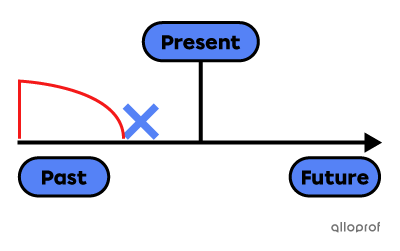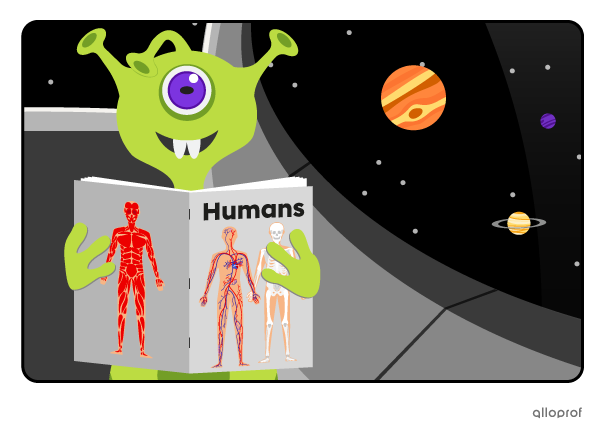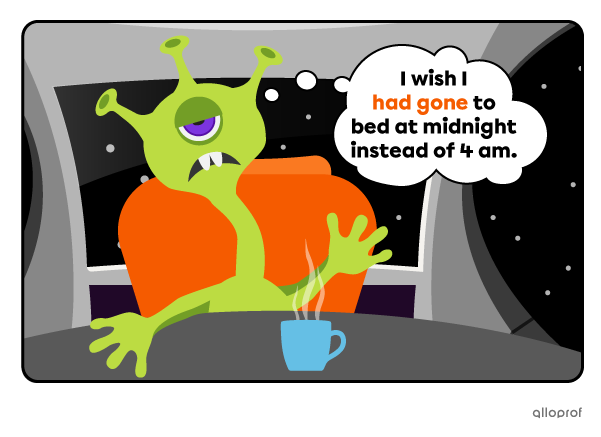The past perfect tense expresses:
-
A finished action before a second action in the past

-
Emphasis on the duration of an action before another action or moment in the past

-
A finished action before a second action in the past

The alien, DeToX, had finished all the routine checks before landing on planet Earth.
-
The duration of an action before another action in the past

DeToX had studied humans for many years before he travelled to Earth.
It’s possible to use the past perfect as the third conditional, for unreal and imaginary situations.

If DeToX had gone to sleep earlier, the alien would not be tired today.
Many keywords can help you recognize situations where the past perfect is used.
|
A single word |
A combination of words |
||
|
|
|
|
When you’re describing many actions that happened in chronological order in the past, use the simple past.
For example:
When Charlie arrived, he sat down with Chloe, ordered a coffee, and they talked for a few hours.
However, if you want to specify an action was finished before another happened, use the past perfect.
For example:
When Charlie arrived, Chloe had already ordered a hot chocolate.
|
subject |
had 'd |
+ |
verb |
|
subject |
had not hadn't |
+ |
verb |
|
had |
subject |
+ |
verb |